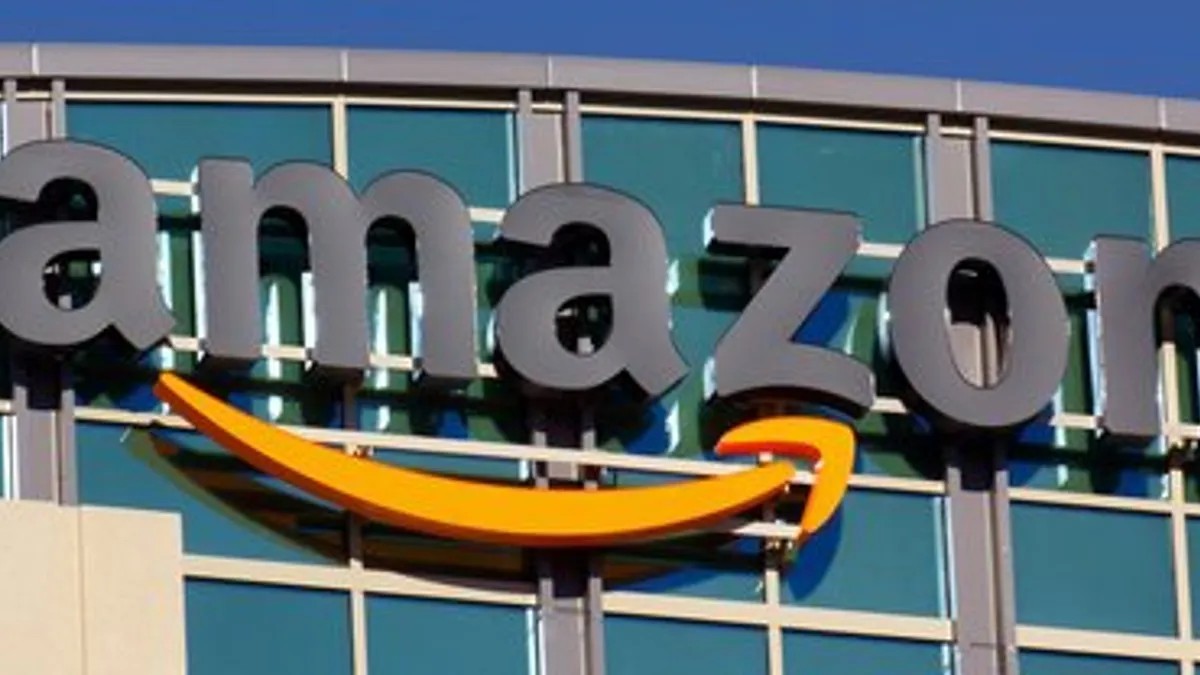Dive Brief:
-
Amazon is eliminating “list prices” and price drop notices from its product listings, the New York Times reports.
-
In early May, about 29% of the products on Amazon were missing details on how much they were reduced from the list price, but now the number is up to about 70%, according to price-comparison startup Rout, cited by the Times. Amazon hasn’t commented on the report.
-
The effort appears to be a widespread, two-month long experiment that is taking some Amazon marketplace sellers by surprise, according to the report.
Dive Insight:
While sometimes effective, published comparisons to “list prices” or “manufacturers’ suggested retail prices” can be problematic.
“I’m well aware that it is bogus but it is a common marketing tactic that works very well at boosting sales,” one Amazon marketplace seller wrote on one of the site’s forums, according to the Times.
But, as the seller himself acknowledges, such “price drops” are often deemed misleading. Indeed, it’s hard to know what a fair price is, in part because of the constant barrage of sales and price fluctuations, but also because many retailers aren't really ever charging the “original” price. The practice of listing discounts over essentially fake original prices is known as “price anchoring,” and many retailers do it to varying degrees.
A 44-week survey last year by Checkbook.org of several national retailers, including Best Buy, Costco, Home Depot, Kohl's, Macy's, Sears and Target, found that many items listed as on sale rarely, if ever, sold at any other "regular" price. While some of the stores conducted valid sales on selected merchandise, Checkbook executive editor Kevin Brasler called some of the pricing policies “disturbing,” according to Komo News.
Regulators and courts don’t like it when retailers take the practice too far, because they consider it deceptive. J.C. Penney is facing a class-action lawsuit that accuses the retailer of misleading shoppers with most, if not all, of its price tags.
State attorneys have similarly cracked down on the practice of listing “price comparisons” that don’t accurately reflect price differences between one retailer and another. Savvy shoppers have also learned, through "showrooming" and special apps, to compare prices before making a purchase rather than taking retailers’ word for what the lowest price is. That, no doubt, is perpetuating the pressure to offer yet more discounts, real or imagined.
That could trip up Amazon’s effort. Some believe the time is right, with so many consumers buying into the e-retail giant’s $99-per-year Prime membership program, which slides them into the Amazon eco-system and allows the retailer more latitude on price.
But that remains to be seen, considering the ease of price comparisons and consumer price sensitivity on items that can be found at many different outlets.















